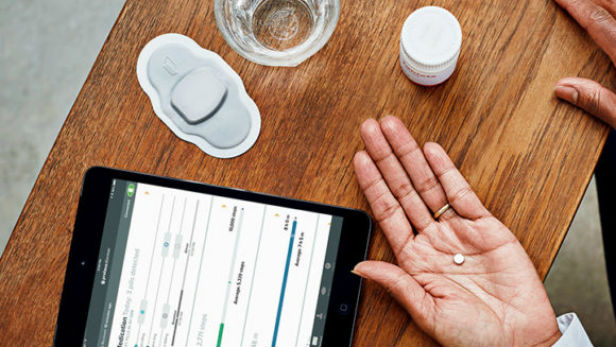Testing Of Tuberculosis
TB can be treated and cured. If you test positive for TB infection, you may receive preventive medication to stop the disease from progressing. If you have active TB disease, you’ll undergo a standard 6-month treatment with a combination of drugs, along with guidance and support from healthcare professionals or trained volunteers. However, in many high-risk areas, access to treatment and diagnostics is limited. Stop TB works to address this gap through advocacy and initiatives like the Global Drug Facility (GDF).

What are the treatment options if I test positive for TB?
TB can be treated and cured. If you test positive for TB infection, you might receive preventive medication to halt the disease’s progression. For active TB disease, a standard 6-month treatment with antimicrobial drugs is typical, along with guidance from healthcare professionals or trained volunteers. However, in high-risk areas, treatment and diagnostic options may be limited. Stop TB works to address this gap through advocacy and initiatives like the Global Drug Facility (GDF).
What is drug-resistant TB?
Drug-resistant TB (DR-TB) and multidrug-resistant TB (MDR-TB) occur when TB-causing bacteria become resistant to standard TB medications. This resistance can result from various factors like substandard drugs, improper medical practices, or stopping treatment too soon. Treating DR-TB is challenging and costly, especially in low- and middle-income countries.
![]()

What are the treatment options if I test positive for TB?
TB is treatable and curable. If you test positive for TB infection, you might receive preventive medication to stop the disease from progressing. For active TB disease, a standard 6-month course of antimicrobial drugs is typically prescribed, along with guidance from healthcare professionals or volunteers. However, in high-risk areas, access to treatment and diagnostics can be limited. Stop TB works to address this gap through advocacy and initiatives like the Global Drug Facility (GDF).
What kinds of new tools and innovations have we seen for TB?
Accelerating the adoption of TB innovations is vital for improving TB diagnosis, treatment, and care worldwide. While Sputum Smear Microscopy (SSM) is commonly used, it has limitations such as low sensitivity and high false negatives, leading to misdiagnoses. Therefore, there’s a need for more accurate, affordable, and rapid diagnostic tools. Stop TB collaborates with innovators in TB-affected countries, focusing on AI, cloud computing, nano-sensors, telehealth, and digital solutions to ensure affordable and quality TB care globally. Learn more about our funding initiatives like TB REACH, the Introducing New Tools Project (INTP), and the Digital Health Technology Hub.


